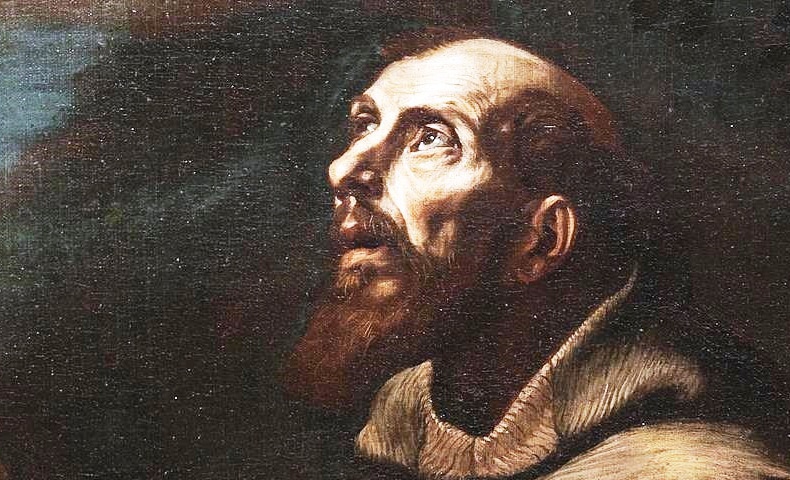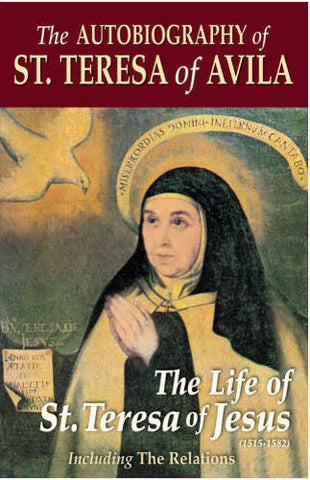
Have you ever heard of the holy (now saint) Fray Peter of Alcántara?
Probably not. Neither had we.
But his role in the life and testimony of the great Teresa of Ávila was nothing less than astonishing.
It’s difficult to synopsize who this man, a friend and confessor of Saint Teresa’s, was, but suffice it to say Teresa couldn’t say enough about his holiness, austerity, and rejection of the passing things of this world.
A lesson for Lent, for certain!
This was a man who lived in a “cell” that was just four-and-a-half feet long.
This was a man who only slept an hour-and-a-half each night and did so sitting up, with his head against a wood board.
This was a man who was on his knees far more than at rest.
This was a man who ate only once every three days and often went a week without food.
This was a man who subjected himself to the cold in winter and wore prickly sackcloth, as tight as he could wrap it around his body.
This was a fellow whose penances went on for forty-seven years.
“His poverty was extreme, and so, even when he was quite young, was his mortification,” wrote Saint Teresa in her autobiography (which should be required reading for every Catholic). He told me he once spent three years in a house of his Order and could not have recognized a single friar there, except by his voice, for he never raised his eyes.”
But with all this austerity, he was very affable, if a man of few words. His spirit was “as robust as any in the days of old, so that he was able to keep the world beneath his feet,” wrote Saint Teresa.
Much else could be said. When Peter of Alcántaral saw his life was drawing to a close, he repeated a psalm (Laetatus sum in hic quake dicta sunt mini: in domum Domini ibimus: “I rejoiced at the things that were said to me: We shall go into the house of the Lord”), and knelt down and died.
If that isn’t extraordinary enough, Saint Teresa also revealed that, “Since his death it has been the Lord’s good pleasure that I should have more communication with him than I had during his life, and that he should advise me on many subjects,” wrote the saint.
“I have often beheld him in the greatest bliss. The first time he appeared to me he remarked on the blessedness of the penance that had won him so great a prize, and he spoke of many other things as well.
“One of his appearances to me took place a year before his death. I was away at the time, and, knowing he was soon to die, I told him so, when he was some leagues from here.
“When he expired, he appeared to me and said that he was going to rest. I did not believe this, but repeated it to a number of people and in a week came the news that he was dead–or, to put it better, that he had entered upon eternal life.”
All this may come as a surprise to those who do not believe in apparitions of the dead or believe every apparition of the deceased is actually a deception, evil in masquerade. We’ll go with the discernment of Saint Teresa, a Doctor of the Church.
But caution?
Oh, yes, of course.
And penance?
Only with that can we hope to clearly discern.
“See, then, how this austere life has ended in great glory,” wrote Saint Teresa. “He is a much greater comfort to me, I think, than when he was on earth.”
And remember the name: Fray Peter of Alcántara.
For, said Teresa, “The Lord once told me that no one should ask Him for anything in his name and not be heard.”
[resources: The Autobiography of St. Teresa of Avila]
[More on Saint Peter]



